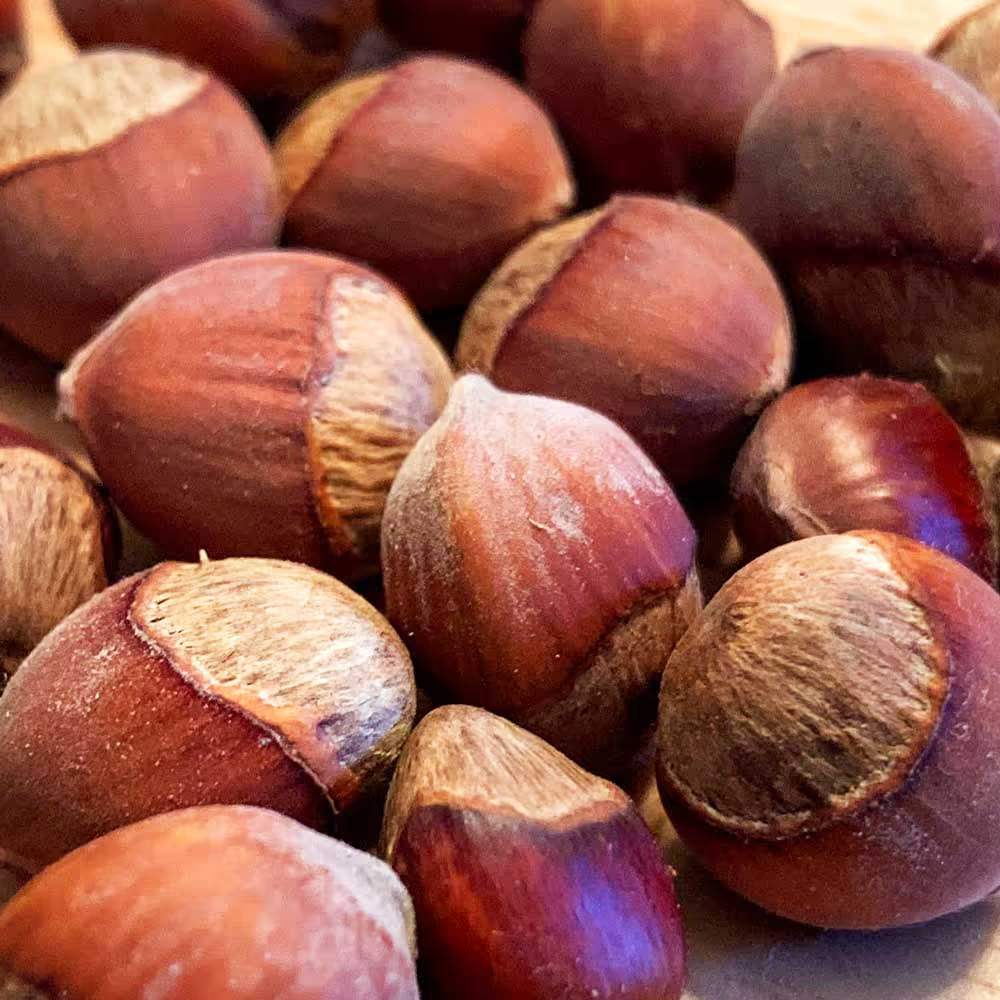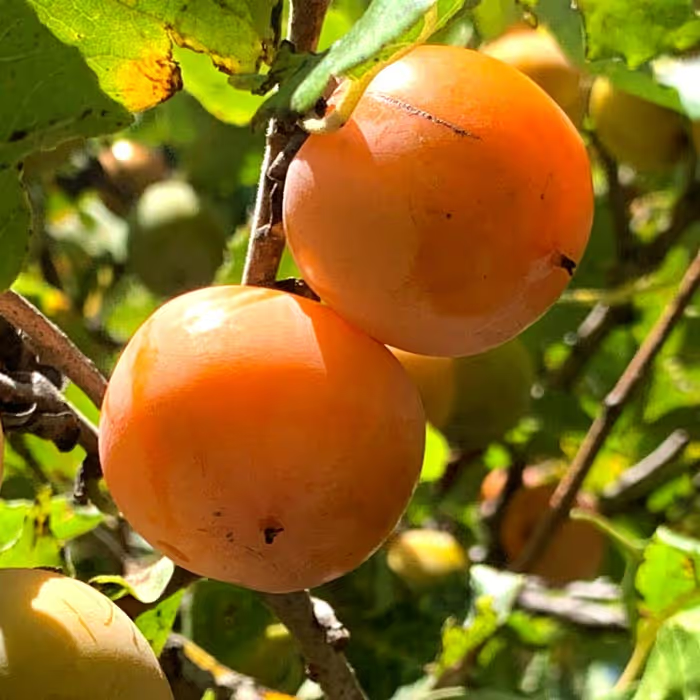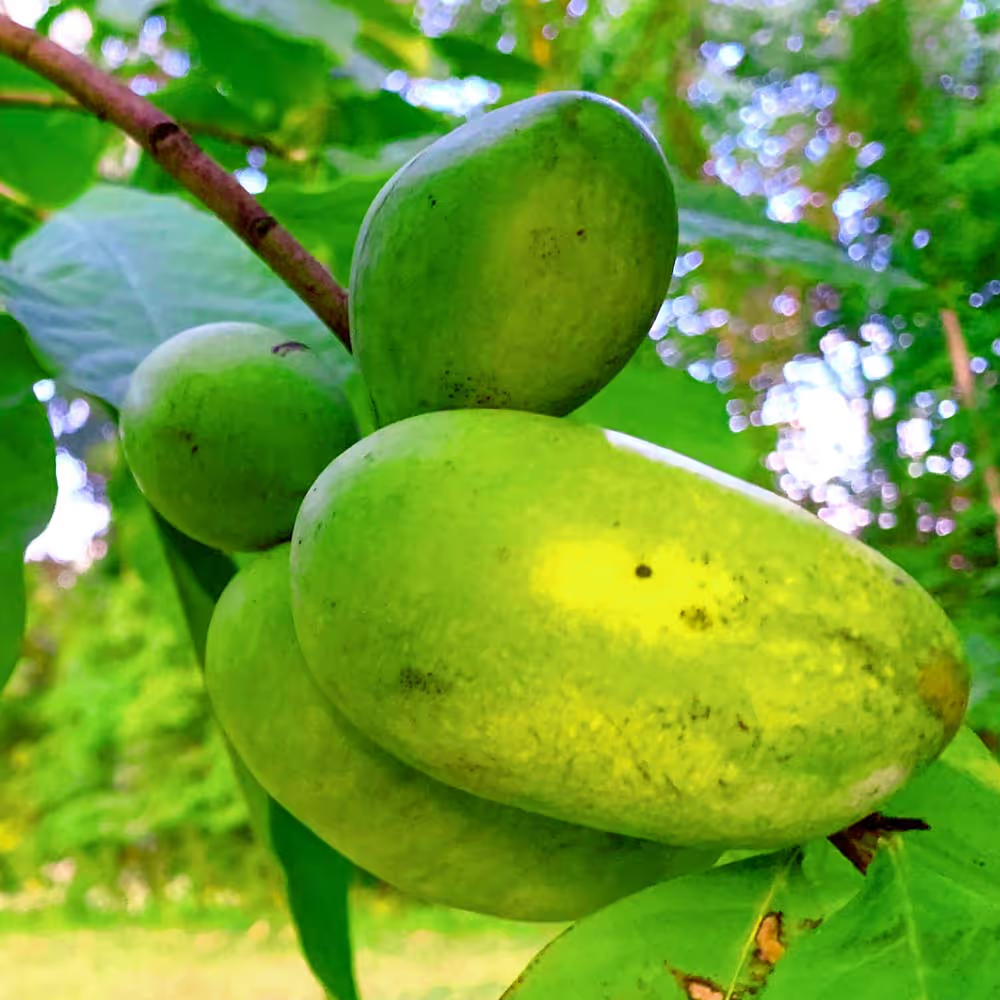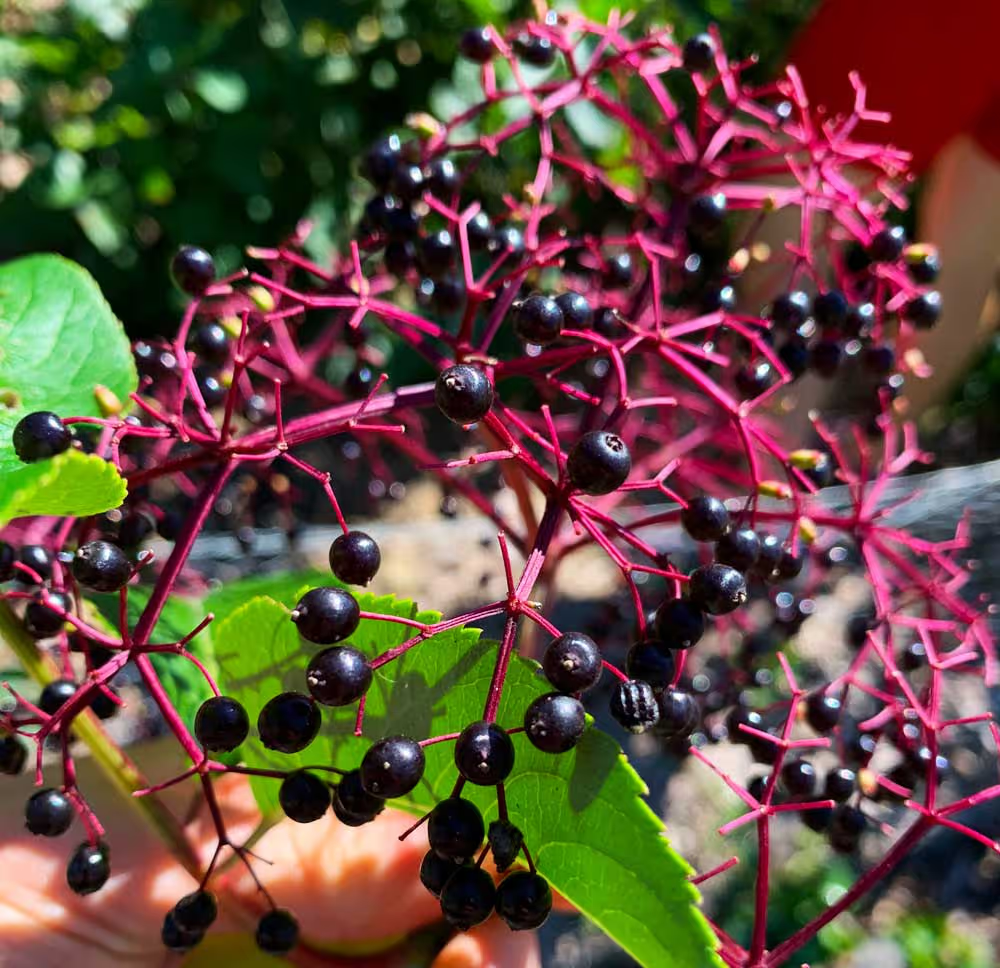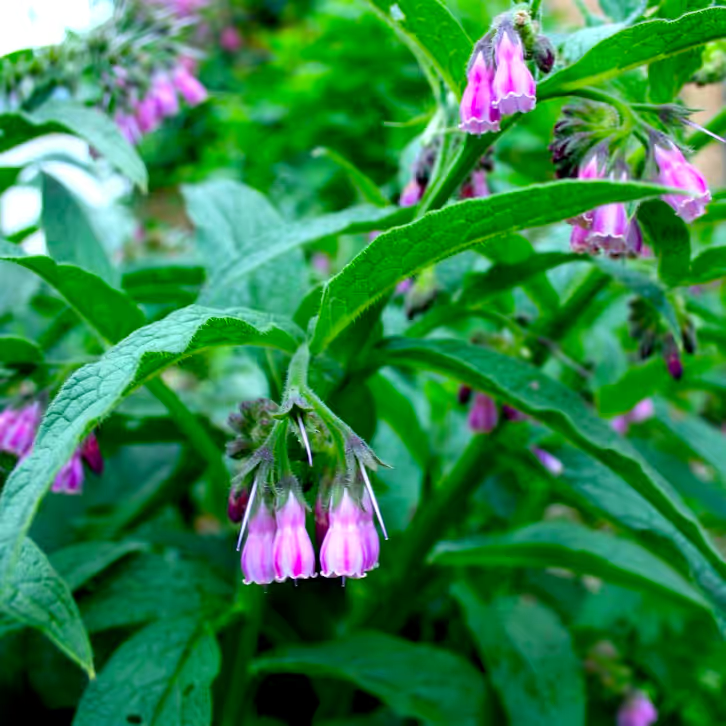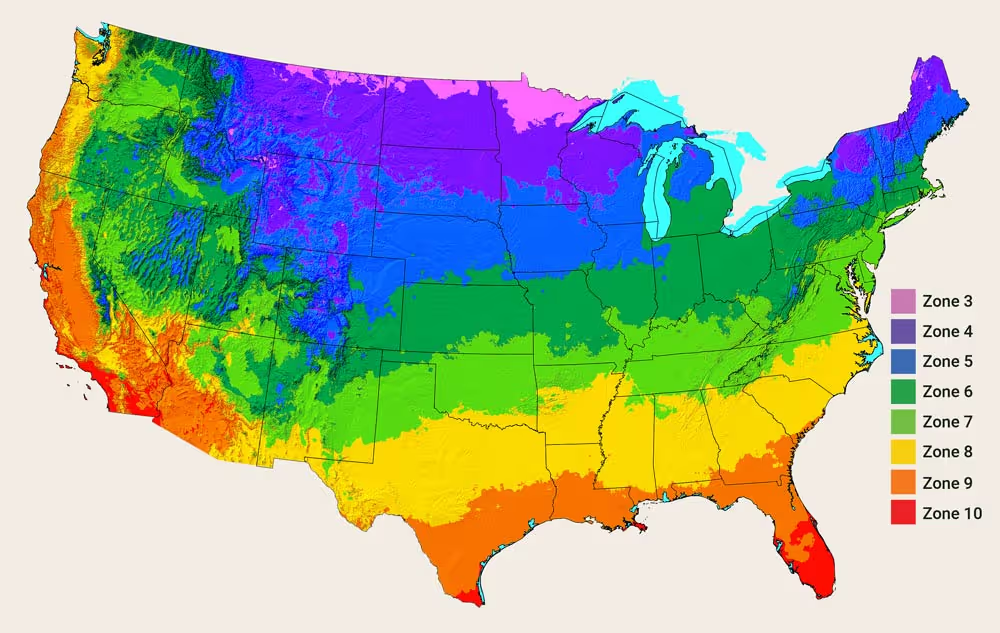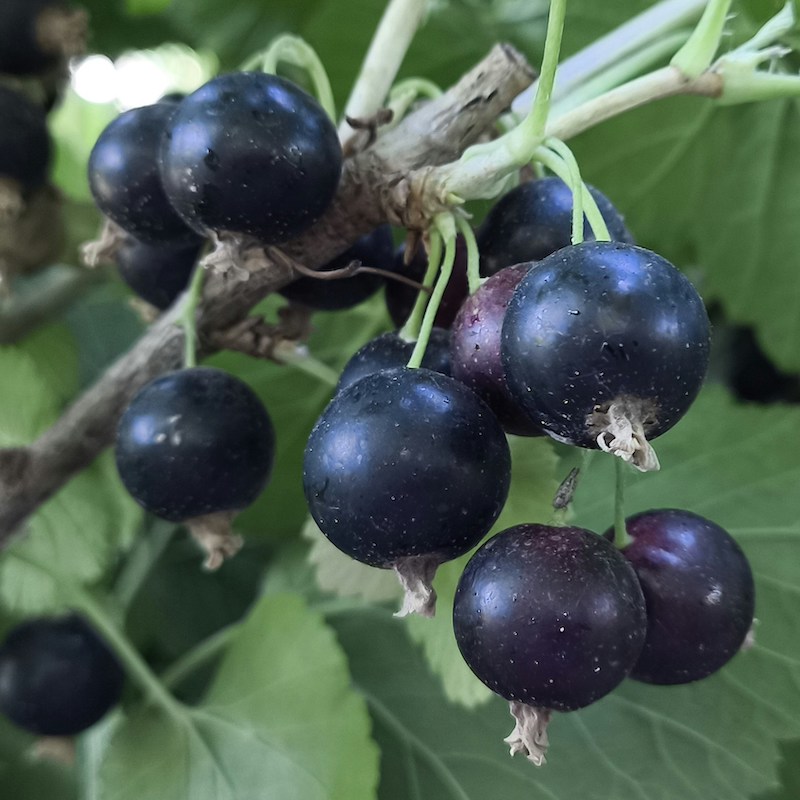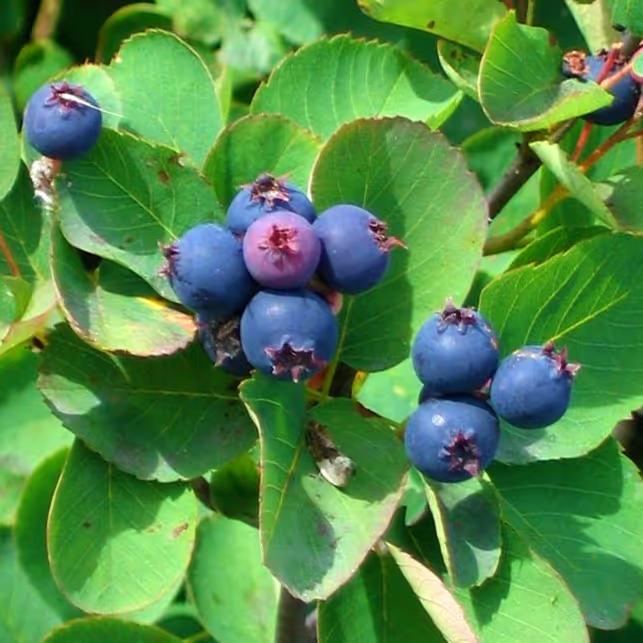Why Plant American Hazelnuts?
The Nut That Built Snack Time
The American Hazelnut (Corylus americana) might just be the most underrated native nut tree in North America. Long before Nutella jars were lining grocery store shelves, Native Americans and early settlers were cracking open these small but mighty nuts for food, medicine, and even trade. Hardy, adaptable, and downright generous, the American Hazelnut is a low-maintenance shrub or small tree that produces nutrient-dense nuts while also serving as habitat and forage for wildlife. Deer love the browse, turkeys gobble the catkins, and you get the nuts. Everybody wins.
What Do American Hazelnuts Taste Like?
If you’ve ever had a European hazelnut (the kind usually in chocolates), American Hazelnuts will feel both familiar and surprisingly exciting. The nuts are slightly smaller, but they pack the same rich, buttery, nutty flavor — perfect for roasting, baking, or grinding into your own DIY hazelnut butter. They’re also delicious eaten raw and are very snack-worthy.
Why Plant Our Bare Root American Hazelnut Shrubs?
At BearFruit Nursery, our hazelnuts are grown outdoors in native soil enriched with compost, leaves, and wood chips — no chemicals, no shortcuts. We avoid pots to prevent circling roots and instead focus on building strong, fibrous root systems for easy transplanting and long-term success. Each plant is shipped bare root and dormant, which may look unimpressive at first glance (stick with roots, basically) but actually gives you a healthier start and better survival rates.
We also source our seed from vigorous, time-tested trees that thrive in our region, so you know you’re getting genetics built for resilience, productivity, and adaptability.

